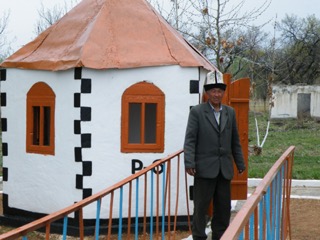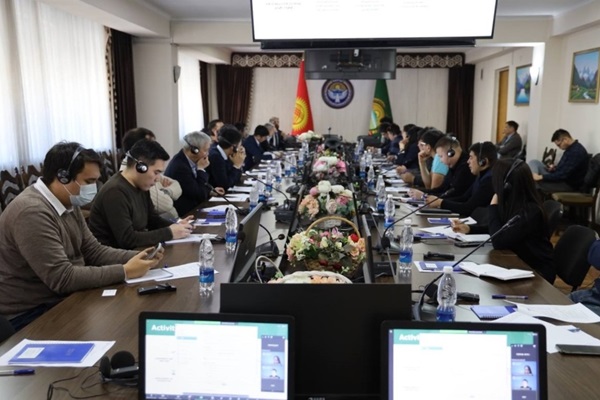The district of Kochkor, located in the Naryn region of the Kyrgyz Republic, is spread across an area with altitudes ranging from 1800 to 3500 meters. Around 88 percent of the district is mountainous, while the remaining 12 percent is valley. The glacier-fed pastures in the region have created an ideal environment for the grazing of sheep, cows, goats and horses, which are thus integral to the local economy and way of life.
The landscape, while scenic, also presents challenges in terms of pasture management and water access, contributing to the complexities of agricultural practices in this area. To tackle these challenges, the Kara-Suu, Isakeev and Kum-Dobo villages of Kochkor have installed smart water sensors to improve water management and to ensure fair distribution among farmers.
Challenges
DVI interventions

Smart sensors for water level measurement
Six remote sensors have been installed by the Kochkor district water management department for the monitoring of the local irrigation systems, and are providing real-time data on water volumes at the gauging stations that are then transmitted to computers equipped with data processing software.
Read moreHighlights
Video
Digital Villages in Action in Europe and Central Asia: Focus on Kyrgyzstan
10/01/2024
Digital Villages in Action in Europe and Central Asia virtual event launched DVI actions in eight countries, bringing together policy actors, stakeholders, partners, and beneficiaries. Kanat Sultaniev, executive director of the Tian Shan Policy Center of the American University of Central Asia discussed Kyrgyzstan’s progress and plans for the introduction of DVI in the country.




